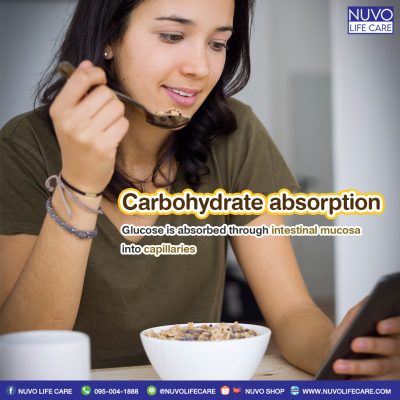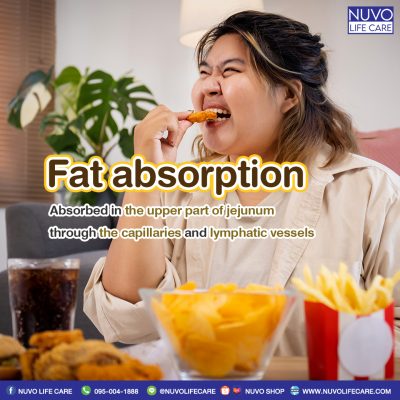Articles for infertile couples
Mechanisms of Nutrient Absorption
The absorption of each type of nutrient is different whether in the process, location of the digestive tract and the amount:
- Carbohydrate absorption

The single unit sugar obtained from the digestion of starches and sugars such as glucose is absorbed through intestinal mucosa into capillaries. In this absorption of glucose, sodium is also required for faster absorption.
2. Fat absorption

Most fat is absorbed in the upper part of jejunum. It enters the circulatory system in two ways: through the capillaries and through the lymphatic vessels.
3. Protein absorption

After the final step of protein digestion, it converts into amino acids. This nutrient will be absorbed into the circulation by passing through capillaries of small intestine, hepatic vein, liver, then getting into the right atrium and aorta respectively.
4. Mineral absorption

A small amount of minerals can be absorbed in the stomach. But most of it is absorbed in the small intestine. Absorption of minerals occurs as soon as the body lacks that mineral.
5. Vitamin absorption

- Water soluble vitamins are absorbed directly into the stomach and small intestine.
- Fat soluble vitamins will be absorbed in the small intestine through the lymphatic vessels.
All of these things are important for the body processes to function well in each part.
If we talk about the most well-absorbed and strongest nutritional supplements, it is probably Calcium L-Threonate, which of course is already contained in our Nuvo Calcium Jelly.

Calcium L-Threonate is extracted from corn. There is no need to take it with a meal. You can eat at any time. Because it is the type of nutrients that breaks down the best. Additionally, vitamin D is not required for absorption in the small intestine.
Finally, it can be absorbed into the body up to 95% (which is a lot) from what is eaten.

